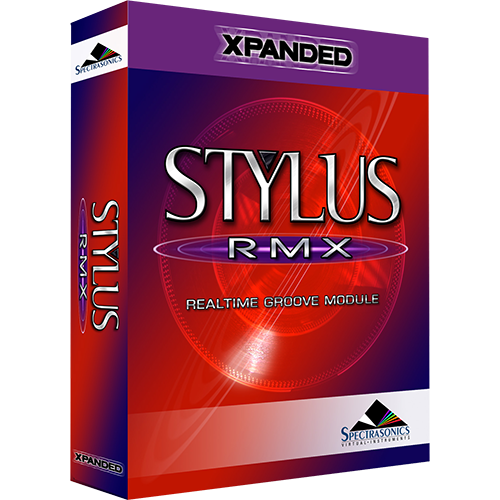
The Power Filter was developed in cooperation with GMedia, and is based on their famous* impOSCar* filter design. This rich-sounding filter requires a fair amount of CPU power and should be used sparingly on slower computer systems.
FILTER MODE SELECTOR

This row of buttons determines the sonic character of the dual filters in the Power Filter.
- OFF: When this button is lit, the Power Filter is disengaged and doesn’t consume CPU power.
- LPF: The LOW PASS FILTER sets both filters to allow low frequencies through and filter out the high frequencies.
- BPF: The BAND PASS FILTER sets both filters to allow mid-range frequencies through and filter out both high and low frequencies.
- HPF: The HIGH PASS FILTER sets both filters to allow high frequencies through and filter out the low frequencies.
• 24db switch OFF: This is 12db mode. In this mode, the two filters run parallel to each other (making a 12db/2 pole filter).

• 24db switch ON: This is 24db mode. This mode runs the two filters in series (making a 24db/4 pole filter).

CUTOFF

This slider controls the cutoff frequency of the filter. This parameter has different effects on the audio, depending on whether LPF, BPF or HPF is active.
RES

The RESONANCE slider controls the Q or bandwidth of the filter (also known as Emphasis). Raising this fader increases Q (narrowing the bandwidth). Lowering this fader decreases Q (widening the bandwidth). At the highest settings, the filter frequency is amplified so much that it will oscillate and produce a pitch of its own.
WIDTH

This slider controls the amount of cutoff frequency separation between the two filters. Raising the slider increases the gap and lowering the fader narrows it.
DRIVE

This slider increases and decreases the amount of overdrive gain in the Power Filter.
GAIN

This slider adjusts the overall output of the Power Filter. Raising it increases the output, while lowering it decreases the output.



